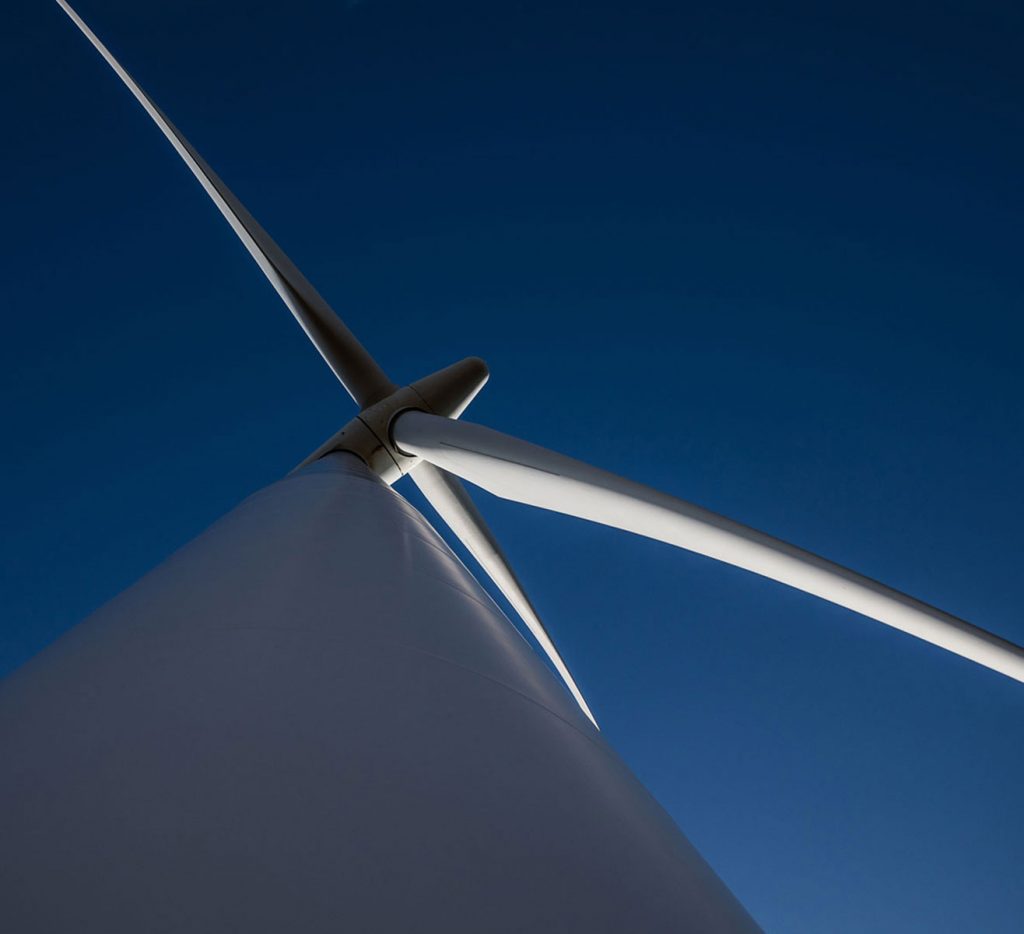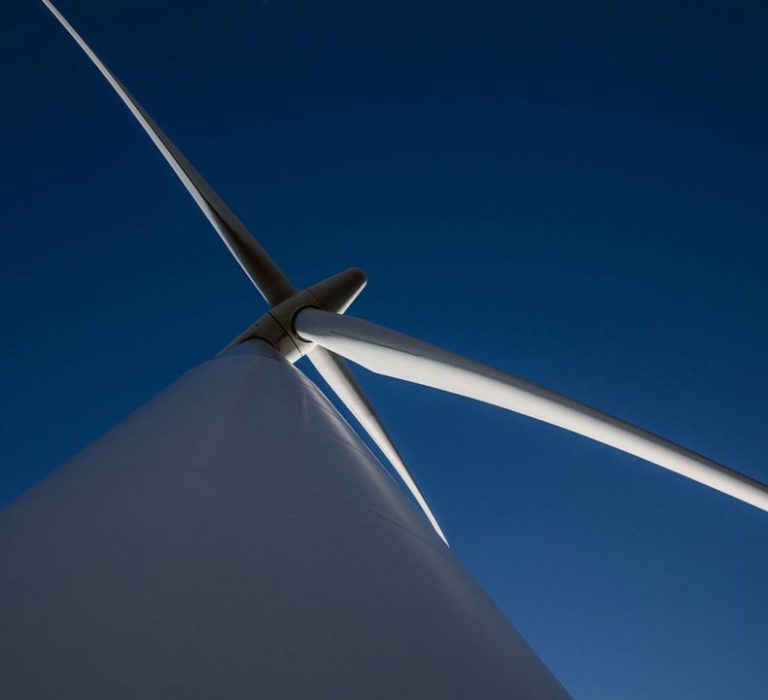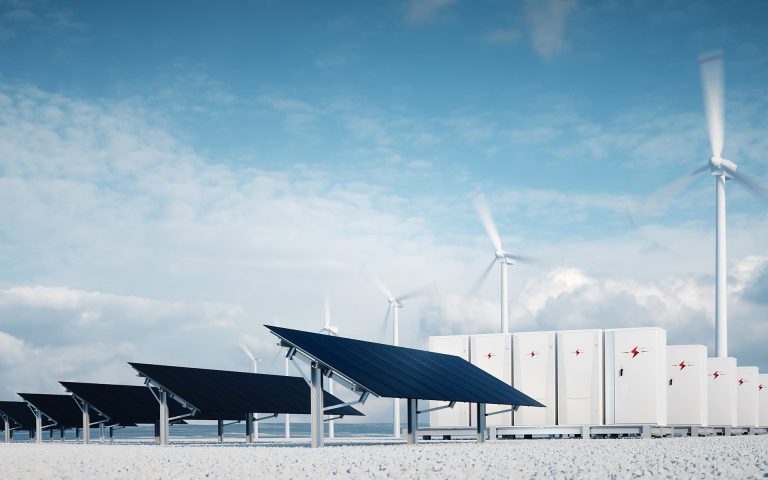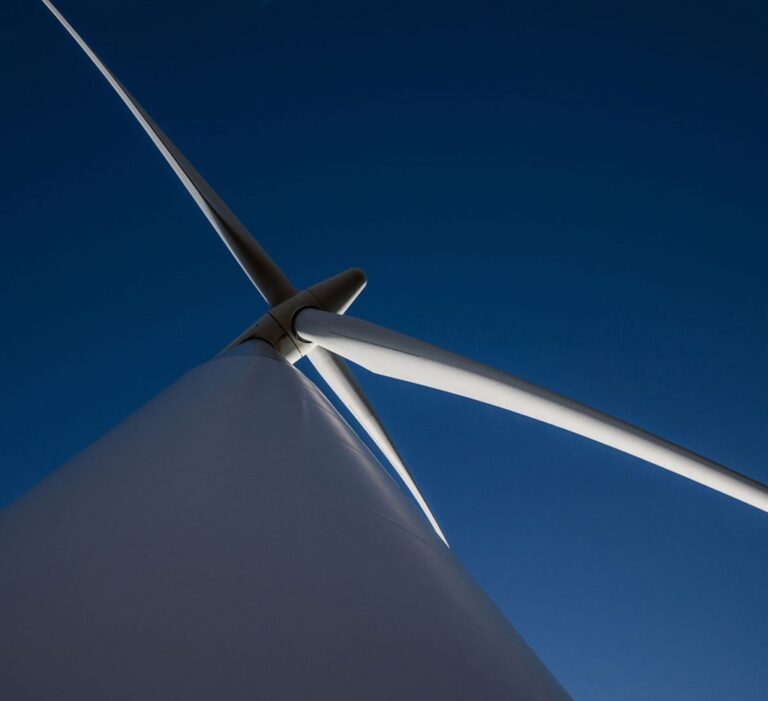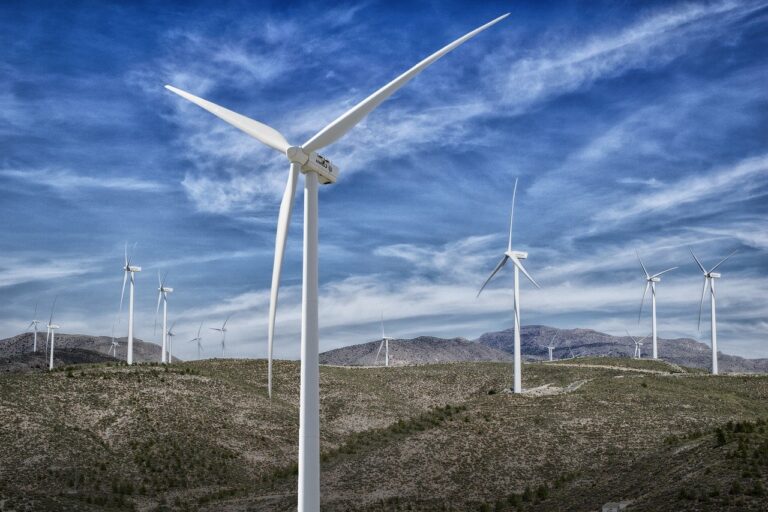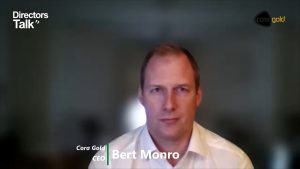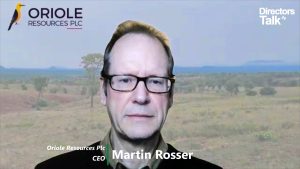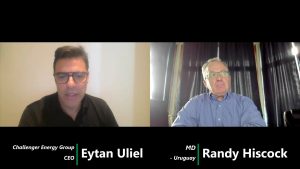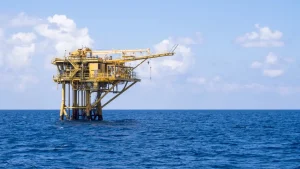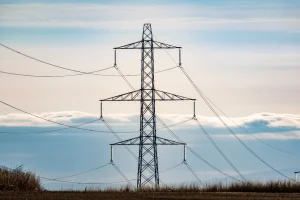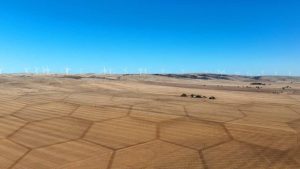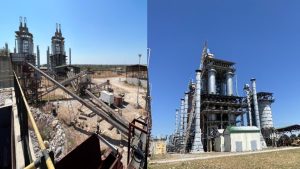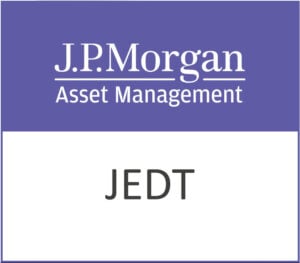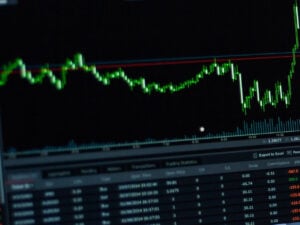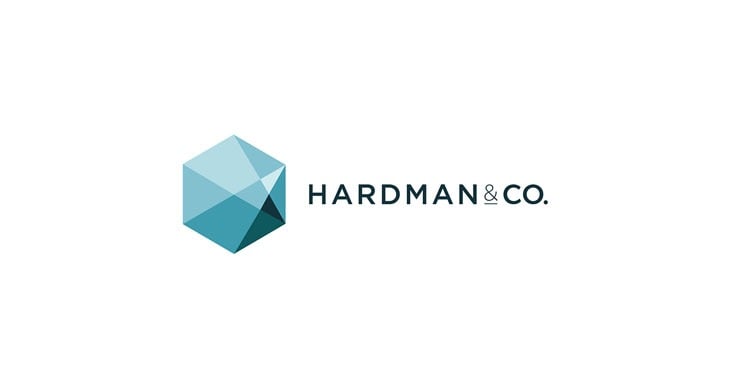The Renewables Infrastructure Group (LON:TRIG), a London-listed investment company advised by InfraRed Capital Partners as Investment Manager and Renewable Energy Systems as Operations Manager have provided an interim report for the six months ended 30th June 2022.
H1 2022 Key Highlights
– 134.2p Net Asset Value (NAV) per share1, increased by 12.5% since 31 Dec 2021 (119.3p)
– £3,236m Directors’ portfolio valuation2, up 18.7% since 31 Dec 2021 (£2,726m)
– 6.84p dividend target reaffirmed for the year to December 2022 (2021: 6.76p)
– 1.39x dividend cover3 for the six months to 30 June 2022 (H1 2021: 1.28x)
– £442m invested year to date (H1 2021: £341m)
– 17.9p earnings per share (H1 2021: 1.8p)
Sustainability Key Highlights
– 960,000 tonnes of CO2 avoided4
– Portfolio capable of powering 1.7m homes with clean energy5
– Supporting 36 community funds with £1.2m budgeted for community contributions in 2021
– 0.52 reportable lost time accidents per 100,000 hours worked6
Helen Mahy, CBE, Chairman of Renewables Infrastructure Group, said:
“In what will be my last set of results as Chairman, I am pleased to present a strong set of results for the first half of 2022.
I am proud of what TRIG has achieved in the nine years since IPO, and we continue to provide investors with resilient financial performance and access to a portfolio of renewables that contributes to decarbonisation and towards energy security in Europe.”
Richard Crawford, of InfraRed Capital Partners said:
“Amidst a challenging wider market for investors, TRIG’s portfolio continues to perform well and is benefitting from its defensive positioning against elevated levels of inflation and volatile commodity markets.
We have invested £442m in renewables year-to-date, with two thirds of this invested in the UK. Our construction projects continue to progress well, with the 35MW Blary Hill project being funded entirely from re-investment cash flows.
TRIG’s diversification across different power markets and technologies remains a strength, as we make strategic acquisitions that enhance the resilience of the portfolio.”
Highlights Footnotes:
1. The Net Asset Value (NAV) per share as at 30 June 2022 is calculated on the basis of 2,481,751,778 ordinary shares in issue and to be issued as at 30 June 2022 including issues of ordinary shares under the scrip dividend scheme and managers’ shares (in part payment of the management fee).
2. On an Expanded Basis. Please refer to Section 3 for an explanation of the Expanded Basis.
3. Dividend cover reported on an expanded basis, being net operational cash over dividends during the period. Please refer to Section 3.0 for an explanation of the Expanded Basis. Figure of 1.39x (H1 2021: 1.28x) is on the basis of dividends paid, excluding scrip.
4. Actual values calculated in accordance with the IFI Approach to GHG Accounting for Renewable Energy. Portfolio at 30 June 2022 is capable of mitigating 2m tonnes of carbon emissions p.a.
5. Based on the IFI Approach to GHG Accounting.
6. A safety at work metric which measures the number of personnel injured and unable to perform their normal duties for seven days or more, for each hundred thousand hours worked. H1 figures are presented on a year-to-date basis, the 12-month rolling average figure for June 2022 is 0.36.
Chairman’s Statement
I am pleased to present the 2022 Interim Report for The Renewables Infrastructure Group Limited. The NAV as at 30 June 2022 was 134.2p per share, an increase in the first half of 2022 by 14.9p per share.
These strong results have been underpinned by increases in wholesale power prices and inflation feeding through into the Company’s revenues and portfolio valuation, providing investors with a counter to the adverse impact of these factors on investment portfolios generally. European energy supplies are being severely impacted as a result of the conflict in Ukraine. This has added to gas supply constraints which were already visible at the start of 2022 as we came out of the pandemic-induced economic contraction.
Our portfolio, which has been carefully constructed to provide diversification, and is being diligently managed by InfraRed (our Investment Manager) and RES (our Operations Manager), is contributing to the energy security and decarbonisation agenda with energy generation capacity now 2GW with a further 463MW new capacity in construction. We continue to invest substantial amounts into renewables whilst maintaining pricing discipline, averaging in excess of £500m per year since 2018 and £300m per year since IPO in 2013.
The portfolio is well correlated with inflation, with half of TRIG’s revenues forecast over the next ten years directly linked to inflation through subsidy support mechanisms. The substantial majority of remaining revenues are from the sale of electricity into the wholesale market which has a relationship with inflation due to the inclusion of energy costs in inflation indices. This combination of defensive exposure to elevated commodity markets and inflationary pressure underpins the resilience of TRIG’s diversified portfolio.
Acquisitions made in the first half of 2022 continue TRIG’s strategy of portfolio diversification, which was a key theme of our recent Capital Markets Seminar in April 2022, in particular by geography and revenue sources. The Company committed to invest in Hornsea One, the world’s largest operational offshore wind farm, providing further inflation-linked, subsidised income to the portfolio. This was complemented by the Company’s investment in the Valdesolar solar park in Spain, which does not receive government subsidies. Both projects are operational and yielding cash for the portfolio. We also continued our investments into the Ranasjö & Salsjö (Twin Peaks) and Grönhult wind farms which we are building in Sweden, and the Cadiz solar projects under construction in Spain. As with the construction of Blary Hill, the Twin Peaks projects are being funded organically through re‑investment cash flows.
In May 2022, we published our annual Sustainability Report, which highlights the progress made in 2021 in key areas such as emissions data with enhanced disclosure on sustainability metrics and regulations.
Your Board of Directors remains grateful for the continued support of TRIG’s shareholders in the Company’s successful fundraise of £277m in March 2022, the maximum available to the Company under its “tap” facility. This was open to existing and new, institutional and retail investors. In volatile equity and energy market conditions, we continue to see renewables as well positioned due to their critical importance to energy security and achieving net zero targets.
Financial Results
The Company’s NAV per share was 134.2p at 30 June 2022, an increase of 12.5% to the NAV per share at 31 December 2021 of 119.3p. TRIG’s annualised NAV total return (which takes into account dividends paid) from IPO to 30 June 2022 has been 9.3%.
After operating and finance costs, net cash flow covered the cash dividend 1.39 times1, or 2.4 times before the impact of repaying project-level debt. TRIG has maintained its loan amortisation profile, continuing to repay project level debt over the remaining subsidy periods. Interest rate exposure within the portfolio is substantially fixed and the Company has no structural short-to-medium term debt, and therefore has little exposure to rising costs from interest rate increases.
The high dividend cover in the first half of 2022 reflects strong achieved power prices and generation performance consistent with budgeted levels and does not take into account payments due to TRIG, which predominately relate to the warranty settlement in respect of the Merkur offshore wind farm in Germany. These payments are due to be received in 2022/23. We continue to expect no material impact on the carrying value of the project nor the financial performance of the Company.
Investment Activity
Portfolio construction and the generation of attractive risk-adjusted returns are key to InfraRed’s assessment of opportunities. The offshore wind farms in TRIG’s portfolio are less sensitive to changes in power price levels than the portfolio average due to the subsidies they receive. The addition of these lower risk projects enables the Investment Manager to add unsubsidised higher returning projects into the portfolio while maintaining the portfolio’s overall power price sensitivity. This approach has been demonstrated in the two investment commitments made so far this year in the Hornsea One offshore wind farm and the Valdesolar solar park.
TRIG’s investment focus remains unchanged, targeting renewables and related infrastructure investments, with benefits in risk diversification from flexible generation such as battery storage and hydroelectricity, as identified in April’s Capital Markets Seminar. Our focus includes onshore wind, offshore wind, solar PV and flexible capacity technologies in the UK and Europe, including France, Germany, Ireland, and the Iberian and Nordic regions. Increasingly, as was also discussed at the Capital Markets Seminar, we see a trend of projects finding their long-term owners earlier in their lives – particularly projects in flexible capacity, Nordic onshore wind and Iberian solar market segments. In addition, some of TRIG’s older portfolio assets are starting to offer opportunities to be repowered over the coming years. This market and portfolio evolution was the rationale for the increase from 15% to 25% in TRIG’s construction and development investment limit under the Company’s Investment Policy, which was approved by shareholders at the AGM in May 2022.
The Managers continue to monitor technologies whose financial performance is driven by intermittency of renewables and power price volatility, which therefore have low or negative correlation to power price forecasts. Such flexible capacity investments include technologies such as batteries, hydroelectricity and, in the longer term, green hydrogen.
Portfolio Performance
The electricity generation of TRIG’s portfolio during the period was close to budget, with strong performance in the Nordics offsetting weaker wind resource in France and grid constraints offshore in the UK and Germany. The Managers’ focus on diversification continues to reduce risk in the portfolio as a whole.
Where the portfolio has exposure to market power prices, we have seen the pressure from supply constraints within the energy market feed through into both actual and forecast revenues. Recognising the ongoing volatility in the power markets, further UK asset-level power price fixes extending into 2026 are being placed. Approximately 62% of portfolio revenues up to 2032 are subsidised or benefit from power price fixes.
TRIG’s construction assets are progressing well. The construction of Blary Hill (35MW new capacity) was completed on-time and on-budget in February, whilst Vannier, Grönhult, Ranasjö & Salsjö (Twin Peaks) and the Cadiz solar projects (together 463MW of new capacity) are all on course for successful completion.
Corporate Governance
After nine years as Chairman of TRIG, I will step down in October 2022 in accordance with the Board’s succession plan. Richard Morse will succeed me as Chairman of TRIG, and I firmly believe the Company has the Board and the management team it needs to continue its successful journey in providing sustainable returns to shareholders and supporting the energy transition across Europe.
I am pleased to welcome Richard to the Board of Directors. Richard joined the Board on 18 July 2022 and brings extensive experience in sustainable and regulated infrastructure investment, with a particular focus on the energy sector. He is a partner at Opus Corporate Finance, and was previously a partner at Greenhill & Co, a managing director at Goldman Sachs and Deputy Director General at Ofgem. He also brings a wealth of experience in investment company governance, having been Chairman of JLEN Environmental Assets Group from its IPO in 2014 until July 2022. His appointment was the result of an extensive process led by the Nomination Committee and supported by a third-party search firm.
The Board is mindful of the AIC Code2, and the Hampton-Alexander and Parker Reviews. A process is underway, again using the services of a third-party search firm, to recruit a further Non-executive Director to the Company’s Board, in particular recognising the importance of the recommendations of the Parker Review.
Responsible Investment and Sustainability
TRIG’s 2022 Sustainability Report, available on the Company’s website alongside the Managers’ own sustainability reports, sets out progress made against our four sustainability goals with several key developments:
Publication of Scope 1, 2 and 3 carbon emissions for the entire portfolio, in line with TRIG’s commitment to the Science Based Targets initiative (SBTi);
Further developed our clearly defined sustainability key performance indicators, informed by the Managers’ annual portfolio-wide ESG Survey which provides the basis for regular monitoring of the portfolio;
Confirmation of TRIG’s SFDR categorisation as an Article 8 fund, and the results of our EU Taxonomy assessment;
Several case studies to highlight activities of the Managers and in the portfolio; and
Having met the relevant ESG targets, savings of circa £150,000 will be made under the Company’s ESG-linked revolving credit facility in respect of the year ending 31 March 2023. These funds will be used to establish new local electricity discount schemes in the vicinity of our projects, recognising the current challenges on household budgets.
Principal Risks and Uncertainties
The Board and the Managers monitor and, where practicable, mitigate a range of risks to TRIG’s strategy. TRIG’s principal risks have not changed from those set out in the Company’s 2021 Annual Report, these continue to be:
Regulation: government or regulatory support for renewables changing adversely;
Power prices: electricity prices falling below market expectations or not increasing as expected; and
Production performance: portfolio electricity production falling short of expectations, including as a result of unfavourable weather and asset unavailability.
These risks are considered in the Portfolio Construction and Value Enhancement sections above and are expanded on in Section 2.10 – Risks and Risk Management of the Company’s 2021 Annual Report.
We recognise that access to affordable clean energy is a priority, as highlighted by the UN’s Sustainable Development Goal 7. In the context of higher wholesale energy prices impacting consumers, there is a potential elevated risk of government and regulatory intervention in the power market. In the UK, there have been suggestions of extending the “windfall tax” on the oil and gas sector to electricity generation whilst the Department for Business, Energy and Industrial Strategy has published a consultation on Review of the Electricity Market Arrangements (REMA), to which we and the Managers will be responding.
We believe that it is important that governments do not act in a way which would be counterproductive to investment in decarbonisation and enhancing energy security as well as lowering of costs associated with generation. Currently, under the Contract-for-Difference mechanism many of our projects in the UK are paying back to the public purse the difference between the agreed subsidy level and current power prices. It must also be considered that whilst power prices are currently high, investors in generating assets are reinvesting to support portfolio resilience through periods when power prices are low. We only have to look back to the power price fluctuations in 2020 and early 2021 to illustrate this. TRIG has invested £442m in renewables projects in the year to date.
When considering any market intervention, the underlying investors in renewables infrastructure must be considered. TRIG’s shareholders include corporate and institutional pension funds as well as individual UK savers through their private pensions, savings products and direct shareholdings. The reasons these shareholders invest in TRIG include the Company’s defensive exposure to commodity prices and inflation, which can help offset investments in other elements of the economy that suffer in such market conditions, helping to maintain the value of savings.
As well as the UK, governments across Europe are considering reforms to the electricity market, in particular to decouple the costs of gas and electricity. There are a number of challenges that such reforms will need to consider, including the move from a centralised to a distributed energy generation system and the need to promote flexible capacity. It will also be necessary to recognise that renewables infrastructure typically has a significantly greater upfront capital cost relative to its ongoing operational costs compared to traditional thermal generation, for example. As such, a reasonable return must be achieved on this investment to promote further deployment. Wider use of the proven Contract-for-Difference mechanism, including for existing generation, may provide the basis of a solution providing greater stability in prices for both consumers and investors. The Managers are engaging with governments directly, and through industry bodies and advisers, to contribute to their thinking on electricity market reform. Ultimately, regulatory and government intervention that risks reducing the attractiveness of renewables as an asset class may lead to an increase in the cost of capital, leading to long-term and wide-ranging impacts on the costs to consumers of the energy transition.
Outlook
The conflict in Ukraine has brought energy security sharply into focus. As the UK and the EU revisit their approach to energy independence, this provides further impetus to renewables investment in addition to the well-established climate action imperative. TRIG continues to play an important role, principally as a long-term owner of assets and therefore facilitating utilities and developers in Europe to recycle capital into new projects. With a significant portfolio of 2.4GW, including 463MW of new capacity in construction, we remain an active participant in the drive to a more sustainable future and greater energy security within the UK and western Europe.
InfraRed and RES continue to excel in developing and delivering the Company’s business model of responsible investment practices, careful portfolio construction and enhancing value for all stakeholders. With a strong Board of Directors providing governance oversight, TRIG remains well placed to enable investors to access sustainable returns whilst contributing towards the energy transition.
This is my final set of results as Chairman of TRIG’s Board of Directors. It has been an honour to serve TRIG’s shareholders, work with my fellow Board Directors and the Company’s Managers and contribute to climate action these past nine years. Thank you to TRIG’s shareholders for their continuing support of the Company.
Helen Mahy CBE
Chairman
4 August 2022
1 Dividend cover was 1.32 times without the benefit of scrip take-up (which was £3.6m in the period).
2 The AIC Code has been endorsed by the Financial Reporting Council (FRC) and the Guernsey Financial Services Commission (GFSC).


